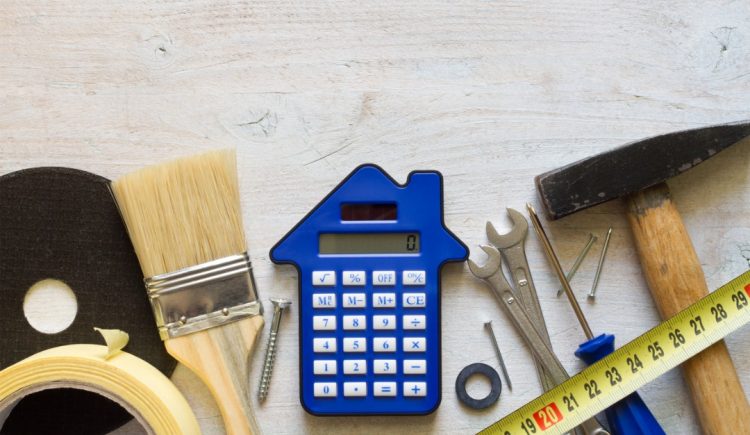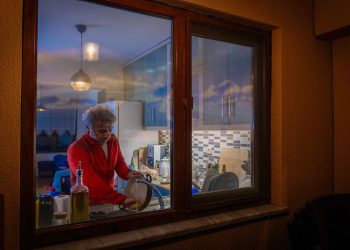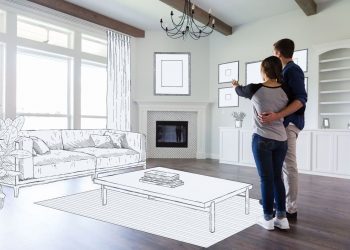A home remodel cost may seem pretty straightforward — you set a budget with your builder and the finishes and labor stay within that budget. However, during a home renovation, issues often arise that are beyond your control and can result in the project being over budget. To help prevent unexpected remodeling costs, read on for fees that may creep up when you remodel your home.
Change orders
Changing your mind can be the most significant driver of hidden remodeling costs. Every time you change your mind on seemingly small aspects of a project, your contractor will charge you for a change order. They may seem like small requests to you, but these changes result in scope creep and will cost you every time you change something. For example, if you change cabinetry features before the cabinets are delivered, it’s likely they are already being constructed. Last minute changes will result in additional labor fees. Or, if you decide you want extra light fixtures, the electrician will need to come back and complete the work to make this feasible.
Surprises behind the walls
When you’re renovating an older home, it’s common to run into surprises behind the walls that can be costly. For example, when the drywall comes down, your contractor may discover faulty wiring that isn’t to code and will require rewiring the whole room or house. Or, during a bathroom renovation, you may find that the plumbing is corroded and needs to be replaced. Consider adding a 20% cushion to your construction budget to cover unexpected costs.
Bringing the house up to code
If your renovation requires having a work permit, you may be required to bring some aspects of the home up to code, which can result in required work that wasn’t originally in your project’s scope. In addition to safety requirements, bringing a home up to code can make it more sustainable.
Living costs
During a substantial renovation, you may decide to move out of the house during the construction period. To understand the full scope of your construction budget, building these costs into the budget is helpful. This also includes storage unit rental costs if you need to remove large pieces of furniture from the house. Other expenses may include pet boarding fees and eating out if you’re renovating a kitchen.
Decorating costs
A post-renovation decorating budget may be an afterthought. However, it should be included in the overall project budget. Suppose you’re adding additional space or reconfiguring rooms. In that case, you’ll likely need new furniture, rugs, window treatments, art, accessories, and other items that make a home a comfortable and welcoming space. If you don’t factor these costs into the original budget, you may live in an empty space until you’re ready to furnish it.
Home construction projects often come with surprises, but the budget doesn’t have to be one of those surprises. Planning for the unexpected and thoroughly thinking through every aspect of the project before it starts can help to prevent you from exceeding your budget.











